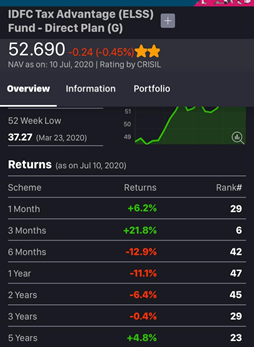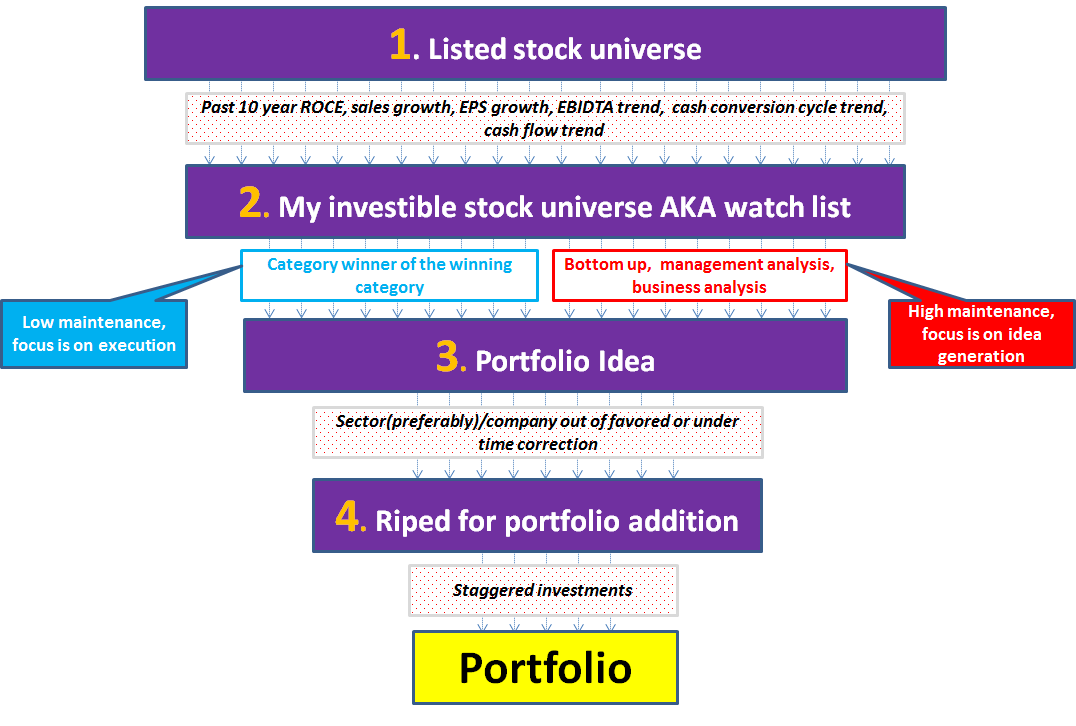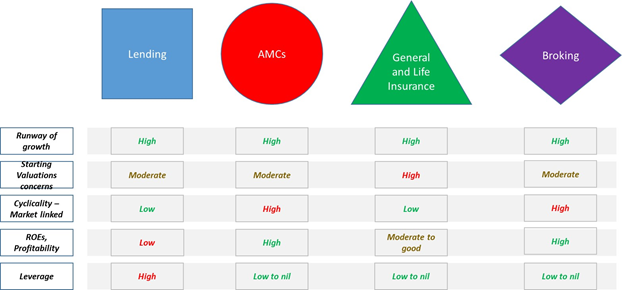8 years of buy and hold in IDFC tax advantage fund and some thoughts on behaviour premium
I will be completing 8 years of SIP in IDFC tax advantage fund and my IRR is 18.14% as on today
Interestingly fund’s CAGR from 14th July 2015 - the day when I started SIP - till now is 14.4%. Therefore this difference of 400 bps which is the difference between fund’s cagr and my irr - I would like to quantify as a behaviour premium. This behaviour premium was possible because of two things
- Discipline of SIP
- Not jumping out of the fund but buying more in times like below. This also needs little bit of analytical homework to figure out if style is gone out of favour or whether style is broken
thoughts which would come normally like returns less than FD, MF never make money, etc. flashing in my mind
I believe mutual funds are one of the best set of instruments for extracting behaviour premium. I also believe advisors or MFD has role to play in maximising behaviour premium for their clients.
Also last 3 year cagr of the fund is 36%. It will be crime to extrapolate these returns for next 5 - 7 years. I believe fund can deliver mid to high teens long term returns and it remains to be seen how much behavioural premium I can garner over base fund returns.







